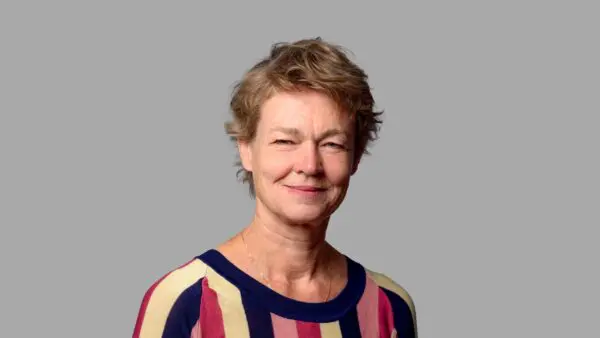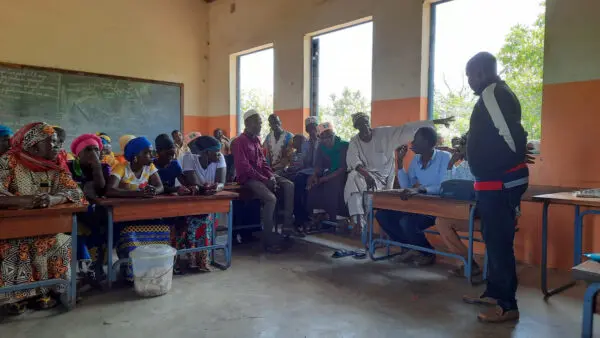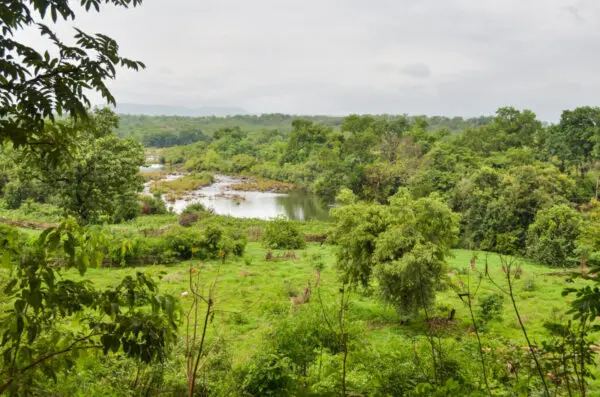Joyce Kortlandt
Senior Advisor Environmental and Social Assessment

The NCEAs first engagement with Guinea dates back to April 20181, when the Ministry for Environment of Guinea asked the NCEA to carry out an independent advice on the ESIA for the Fomi Dam in the Niger river. In the same year, the NCEA reviewed the ESIA for the five link and access bridges for the city of Conakry. This advice was carried out on request of the Dutch Enterprise Agency RVO.
In 2022, the Ministry of Environment and Sustainable Development (MEDD) in Guinea and the NCEA signed an MoU to guide their cooperation in the coming years. This includes coaching on the development of Interministerial Commission on the SEA for the Bafing Falémé landscape. The MoU also resulted in training and advice for ESIAs of several important mining projects, for example two mining projects near the World Heritage site of Mount Nimba.
Advisory report on the Resettlement Action Plans /ESIA of the Koukoutamba Hydropower Dam and its connecting infrastructure.

The Guinean government is developing a plan for the sustainable management of the Bafing Falémé landscape.
